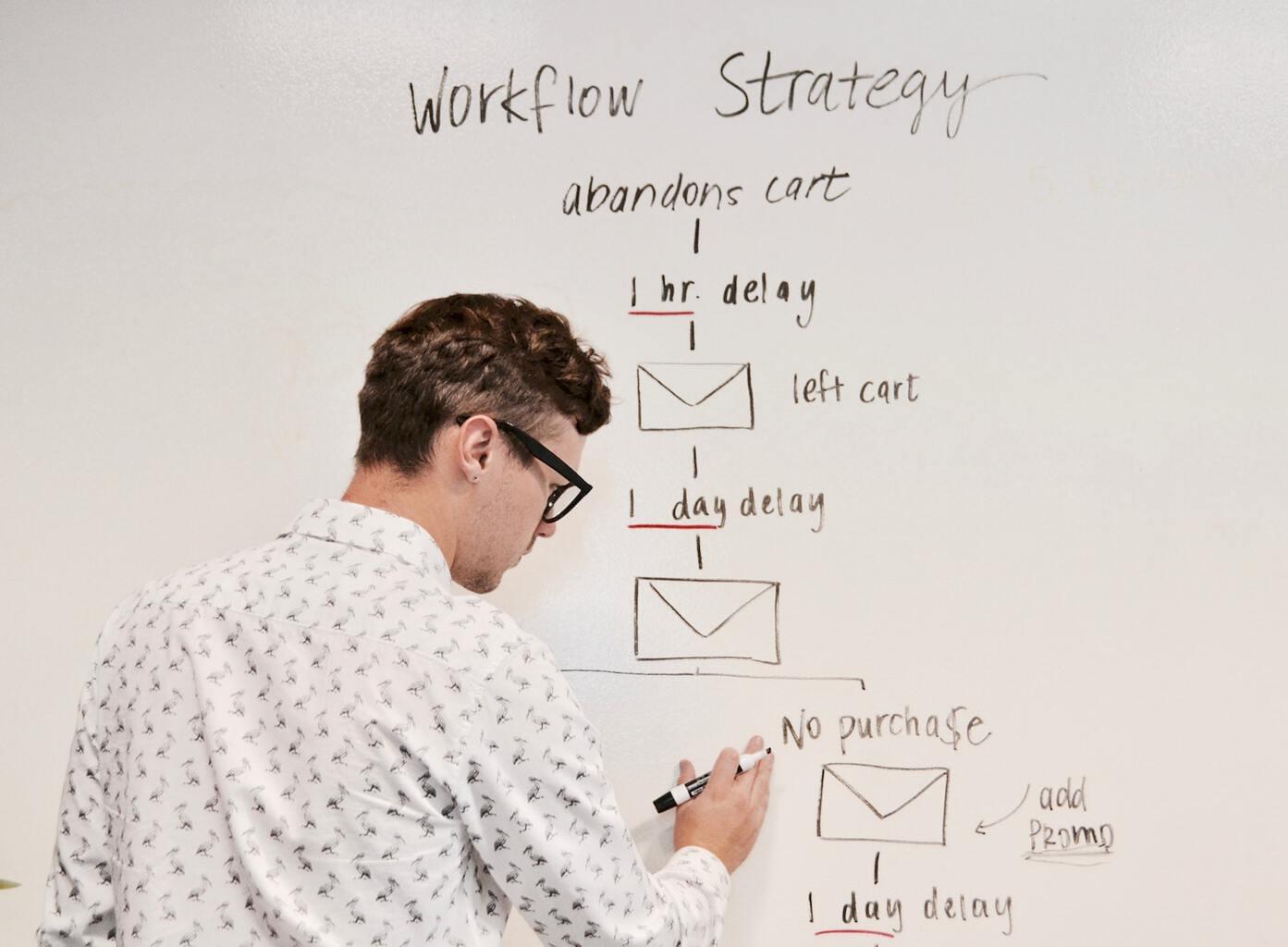Article • 7 min read
First reply time: 9 tips to deliver faster customer service
First response time refers to how quickly an organisation can respond to a customer. Learn how to measure, track and improve this crucial metric in our guide.
Sarah Olson
Staff writer
Last updated March 9, 2024
In an era where consumers expect impeccable service, timing is everything. Gone are the days when businesses could respond to customer requests in a day or more. Now, your business may fall behind the competition if you aren’t providing rapid, accurate responses. Luckily, there’s a way to measure and improve responsiveness.
First response time refers to how quickly a business responds to a consumer request or support ticket. Read on to learn why this is important and how you can deliver faster customer service in our comprehensive guide.
More in this guide:
- What is first response time (FRT)?
- What are customers’ first response time expectations?
- How to calculate first response time
- 4 ways to measure first response time
- 9 ways to improve your first response time
- Don’t go for speed over satisfaction
What is first response time (FRT)?
First response time (FRT) – or first response time – measures how long a service agent takes to respond to a customer support request.
First response times are crucial to an organisation because the time it takes to respond to a customer directly correlates to a positive customer experience (CX). Faster FRTs indicate a more effective response system and overall customer experience, while slower FRTs indicate the opposite.
It’s important to note that automated responses do not count toward a company’s first response time – the metaphorical timer only stops when a support agent responds to the customer’s query or concern.
What are customers’ first response time expectations?
Delivering exceptional customer experiences often involves connecting with your customers over email, social media and live chat. Here are consumer response expectations for each medium.
| Channel | Good | Better | Best |
|---|---|---|---|
| 12 hours or less | 4 hours or less | 1 hour or less | |
| Social media | 5 hours or less | 2 hours or less | 1 hour or less |
| Live chat | 1 minute or less | 40 seconds or less | Instantly |
While fast replies are essential, what you say is just as important. Providing a helpful answer on the first try, without an endless back-and-forth between the customer and agent, is often referred to as first contact resolution (FCR) and can be just as crucial as FRT.
How to calculate first response time
Calculating your FRT with the standard formula can add more insight to your analysis.
![]()
To determine first response time, simply divide the total first response time for all agents by the total number of resolved tickets in the given period. You can determine FRTs over an hour, week or longer by using this calculation.
4 ways to measure first response time
First response time is determined by measuring the time between when a customer submits a request and when a customer service agent responds to the support ticket.
Here are four ways to measure that metric.
![]()
1. Define your first response time in the scope of business hours
Unless you’re using the follow-the-sun model for customer service, your team will have off hours.
If a customer submits a request at 4.58 pm on Friday and your team responds at 10.03 am on Monday, you shouldn’t include the weekend in your FRT if you're closed during that time. Measuring in business hours ensures your FRT accurately reflects when your team is actually available and working – just be sure to communicate your business hours to your customers.
2. Use the median, not the average
Response time can vary widely based on the type and complexity of the issue. Calculating the median response time allows you to control for outliers that may skew your results. A chat request resolved in under a minute or an issue taking much longer to resolve than normal – like an email assigned to the wrong team member – can paint an inaccurate FRT picture.
For example, a dataset might include three FRTs of five minutes and one FRT of one minute. That group’s average first response time would be four minutes, but the median response time would be five minutes – a more accurate representation of performance.
3. Track time to first response in your service reports
Customer service reports are a compilation of customer service key performance indicators (KPIs) that can help you identify actionable insights to improve your CX. Customer service reports can automatically measure FRT for you, eliminating manual errors.
4. Use service level agreements (SLAs) to increase accountability
Service level agreements are written agreements that define standards for customer support. Measuring FRT against your SLAs can increase your team's accountability and responsiveness because they have a set standard for their performance.
Improve your first response time with Zendesk
Watch a quick demo to see how our customer experience software can help you respond to customers more quickly.
9 ways to improve your first response time
Slow response times are a common customer service challenge. If you want to improve your response time metrics, you need to invest in your support team and the technology they've got access to. Here are nine tips to help your agents do their jobs more efficiently and improve your FRT.
![]()
Don’t go for speed over satisfaction
While first response time is crucial in a CX strategy, it should never come at the expense of quality. You need to achieve both to provide a truly exceptional customer experience.
Your challenge is to be faster and more accurate than yesterday and continue to improve until you hit your FRT objectives. That said, you don’t have to do it alone. Experience a free trial of Zendesk to gain a valuable partner in customer support.
